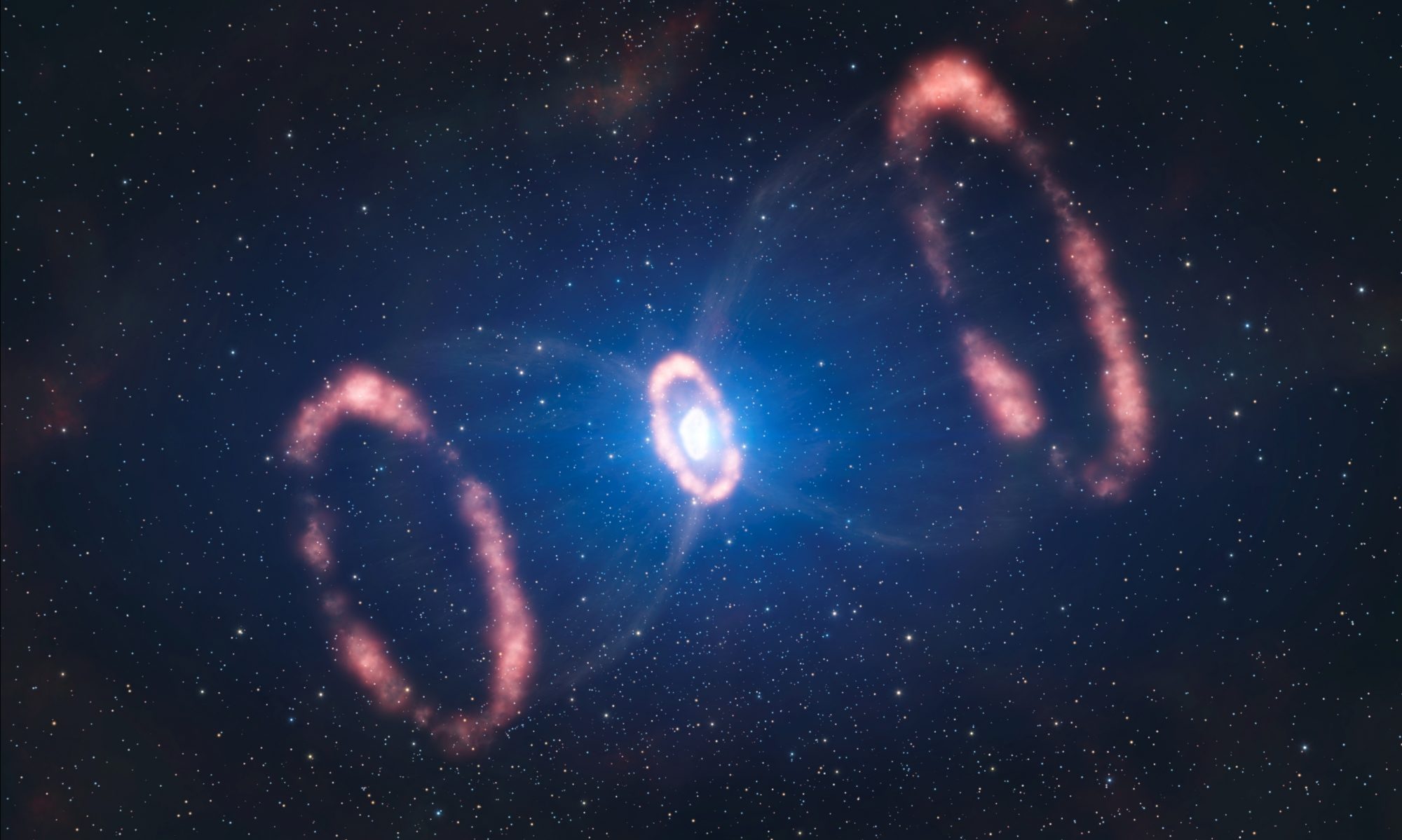A cloud diffusion chamber, or Wilson cloud chamber, works as a particle detector to visualize the track which subatomic particles take when traveling through a medium. Our cloud chamber uses a densely saturated vapor in the chamber to allow for a radioactive source’s decay to ionize the molecules of the vapor. For this design, the walls of the chamber are lined with felt, and the felt is coated with a layer of ethanol. Underneath the aluminum on the bottom, Peltier coolers are used to drop the temperature of the aluminum to -26° C. Peltier coolers use the Peltier effect to change the temperature of a surface when a potential difference is pushed across a medium, cooling one side while heating the other. When stacked, 2 Peltier coolers are significantly more effective, and the bottom “hot” side of the lower cooler is cooled used water blocks connected to refrigeration. With this temperature difference, the ethanol evaporates and descends towards the dark bottom. This layer of vapor is where the ionization happens for the subatomic particles, and when a radioactive source is placed near the vapor, the natural radioactive decay creates the particles which leave visible trails.
Many different kinds of subatomic particles can be seen in cloud chambers, each with varying tracks in the vapor.
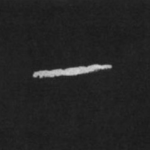
Starting with the most common for this cloud chamber is the alpha particle. An alpha particle as a Helium nuclei (2 protons and 2 neutrons) which is the product of alpha radioactive decay, creating a broad, short track in the vapor.
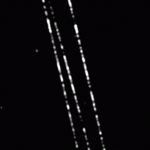
There is also cosmic radiation with most cloud chambers. Cosmic radiation particle trails can be seen in a few different ways, however most cosmic radiation in this chamber will either be muons or protons. These particles are generated from cosmic interactions in the upper atmosphere and in secondary cosmic radiation, respectively.

Muons are created by collisions between the upper atmosphere and cosmic rays. Due to time dilation, muons are occasionally able to reach the Earth’s surface, and sometimes can be seen in detectors just like our cloud chamber. Their tracks are similar to electrons, but far straighter because of their immense speed.
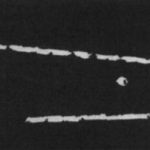
Protons create thicker tracks, and can appear as products of cosmic radiation or naturally in the cloud chamber. Their tracks can vary in length and are usually inconsistent in having similar-looking tracks.
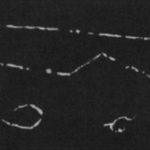
Electrons and positrons (antiparticle pair of an electron) create similar trails. They have thin trails with straight or twisted paths. The largest difference between the two is that, because of their different charges, the paths they take bend in opposite directions.
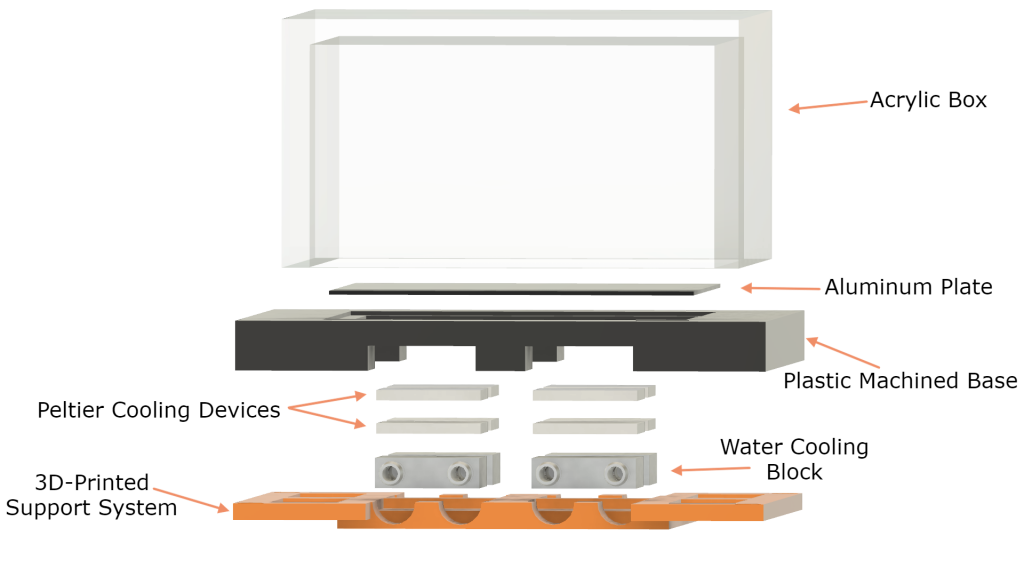
Since 2022, the Physics Department has partnered with Syracuse City School District to allow a group of high school students to get involved with hands on research through the SURPh Program. In 2023, Mitch Soderberg helped Alonzo Newton (Corcoran) and Arlo Milstein (Nottingham) renovate the cloud chamber in the display case.
